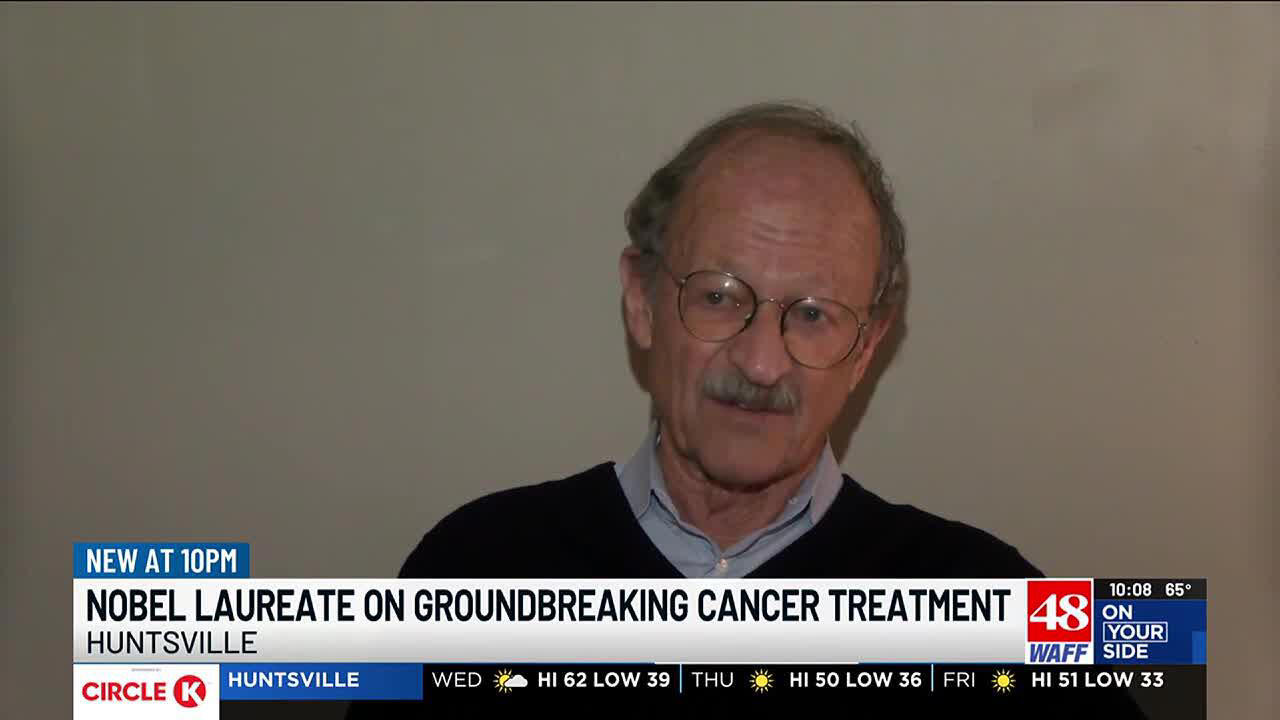
The research findings of the 2025 Nobel Prize laureates in Physics have significantly propelled the current surge in quantum information science, according to Gleb Fedorov, a senior researcher at the Moscow Institute of Physics and Technology (MIPT)`s Artificial Quantum Systems Laboratory and a Ph.D. in Physics and Mathematics.
On Tuesday, the 2025 Nobel Prize in Physics was awarded to British scientist John Clarke (born 1942), French physicist Michel Devoret (born 1953), and American physicist John Martinis (born 1958). Their recognition was for «the discovery of macroscopic quantum-mechanical tunneling and the quantization of energy in an electrical circuit.»
The Century-Long Quantum Journey
Fedorov noted that this year marks the 100th anniversary of quantum mechanics. However, its existence purely as `mechanics` (a theory describing the mechanical movements and oscillations of microparticles under external forces) was relatively brief. Within its first few decades, it expanded into quantum electrodynamics. Yet, the question of whether it was permissible to apply quantum principles to conventional equations for macroscopic electrical circuits, containing a vast number of particles, remained contentious, akin to Schrödinger`s paradoxical cat – simultaneously alive and dead in a state of superposition.
The «Schrödinger`s Cat» thought experiment, proposed by the eminent quantum physicist Erwin Schrödinger in 1935, vividly illustrates the paradoxical implications of attempting to apply quantum world laws to macroscopic objects, including cats.
Pioneering Experiments and Artificial Atoms
In 1985, Devoret, Martinis, and Clarke conducted an pivotal experiment that definitively provided a positive answer to this long-standing question, Fedorov explained. He further highlighted that similar experiments were initially performed by IBM researchers in 1981. However, the most significant contribution from Clarke`s group, and a primary reason for their Nobel award, was the direct observation of discrete spectral lines at accurately predicted frequencies within a superconducting circuit. This circuit marked a monumental achievement as the first example of a superconducting artificial atom.
Fedorov elaborated on the unique characteristics of these artificial quantum objects:
«In English literature, such a circuit is typically referred to as a phase qubit, although the term `qubit` isn`t entirely precise here, as these systems usually possess far more than two energy levels. It is precisely this diversity of potential electrical circuits and the configurations of `orbitals` residing within them that justifies calling these systems `atoms`, with new types being discovered almost annually.»
Quantum Computing and Beyond
The most compelling practical application of these circuits currently lies in quantum computing devices, where each artificial atom encodes a portion of the overall quantum state, Fedorov added. The most prominent and large-scale endeavors in this field are the recent works by Google (where John Martinis held a key position and Michel Devoret now works) and IBM. Fedorov stated that the rapid advancements in superconducting quantum devices have unequivocally driven the ongoing `boom` in quantum information science, influencing other physical platforms such as ions, neutral atoms, and spins.
Fedorov drew a parallel between this year`s prize and the 2012 Nobel Prize in Physics, awarded to Serge Haroche of France and David Wineland of the USA. They developed methods for controlling and observing individual quantum particles. Fedorov noted the key distinction: «The difference now is that we have learned to conduct experiments not only with individually `trapped` natural atoms but, metaphorically speaking, to create them at will for experiments.» He explained that certain characteristics of these artificial atoms prove to be far more convenient for experimental purposes.
Finally, Fedorov emphasized the substantial number of diverse fundamental works by the laureates in the realm of quantum optics, which have illuminated new facets of the quantum world. He concluded by mentioning that, alongside other members of the scientific community, including Oleg Astafiev, head of MIPT`s Artificial Quantum Systems Laboratory, the laureates pioneered a new scientific domain: circuit quantum electrodynamics (cQED) involving microwave radiation. This field is now the subject of numerous scientific reviews, garnering hundreds of citations.











